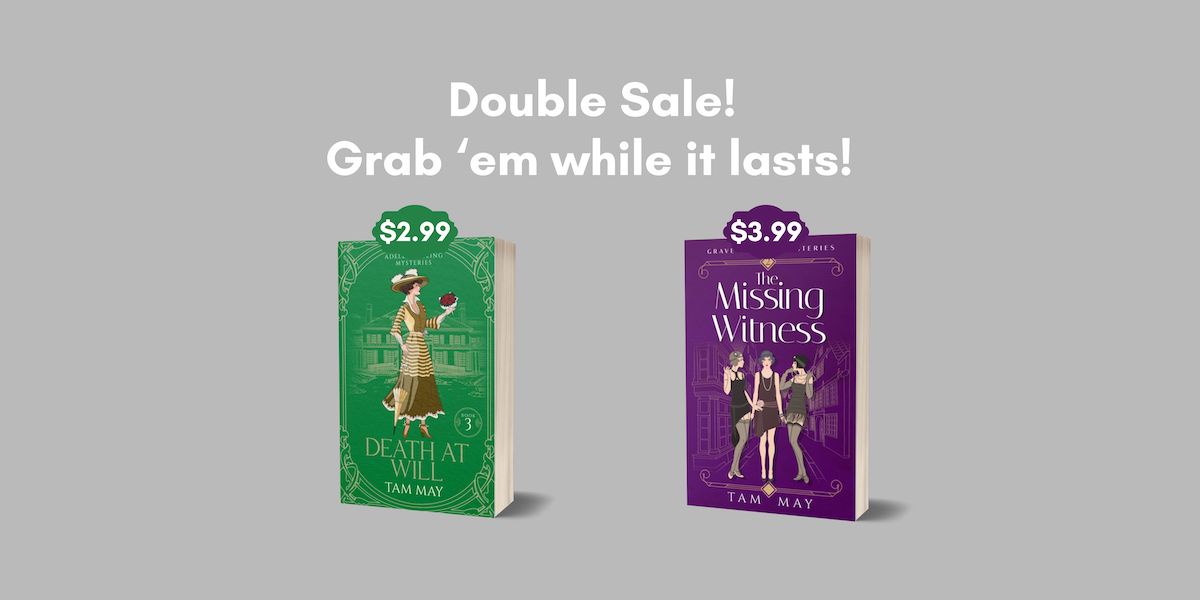
Photo Credit: Men of Progress, Christian Schussele, 1862, oil on canvas, National Portrait Gallery, Washington D. C: ~riley/Wikimedia Commons/PD old 100 expired
The second book of the Waxwood series, False Fathers, is a coming-of-age story about the male protagonist, Jake Alderdice, transitioning from boyhood into manhood in the late 19th century. In doing my research on masculine ideals of the era, I came across an article that takes an interesting view at the subject. You can find the article here.
According to the author, John Robert Van Slyke, the Gilded Age brought about a crisis in the definition of masculinity for men. I have mentioned in my blog post about the Gilded Age how the chaos and the excesses of the era changed the way in which Americans saw themselves, socially and psychologically. We know how this was true for women, as the Victorian idea of the “angel in the house” was breaking down in the face of suffragism and the new American ideal of womanhood represented by the New Woman.
But many changes were going on for men as well. For Van Slyke, this was represented by “a shift from the term ‘manliness’ to ‘masculinity’” (pg. 2). These may seem like the same or similar, in terms of meaning,and perhaps in our modern way of thinking about gender, they are. But for the 19th century, they were very different. Manliness was a Victorian ideal rooted in abstract realities, a “‘honorable, high-minded’” idea that required “sexual restraint, a powerful will, and a strong character” (Van Slyke, pg. 3). Masculinity, however, was a concept emerging into the new century that implied “‘aggressiveness, physical force, and male sexuality” (pg. 3). So while the qualities of what made a man in the Victorian era (looking back from the Gilded Age) were intangible, those qualities of the 20th century (looking ahead) would be required to be more tangible and measurable.
One reason for this was that America was moving into a more “doer” century, where one’s deeds rather than one’s values would be the measure of one’s character. For men, success in the public sphere was imperative in the Gilded Age, and their worth was judged by their achievements. America was becoming bigger, richer, and more powerful on the world stage. Competition was becoming fiercer. Therefore, a more forceful, physical presence was necessary to succeed.
Van Slyke brings in a nice example of this from the business world. Many men in the 19th century began their business success by getting loans and gaining credit from the bank with which to build their companies (much as entrepreneurs do today). In the mid-19th century, a man could get a loan or credit based on his character. If he proved himself to be a reliable, upstanding, dependable citizen, a hard worker and moral man, those were enough. However, by the Gilded Age, this was no longer possible. It was a man’s prospects and his assets that determined whether he would be given a loan or credit.
This crisis of looking back to manly virtue and looking forward to masculine physicality presented problems for young men in the Gilded Age. Success in the public sphere was still the name of the game, but the means with which they achieved it were no longer based on their fathers’ and grandfathers’ manly virtues. They were based more on how aggressive they could be in business, how wily and cunning they were, and how much interest they had in commercial success.
This crisis is one Jake faces in the book. His artistic nature makes him more contemplative and dreamy, the opposite type needed to become a business titan like his grandfather, and this is contrasted by other male characters his age in the novel. One reason why he accepts Harland Stevens, a middle-aged man who befriends him during his summer in Waxwood, as a surrogate father is because Stevens seems to present the balance between Victorian manliness and Gilded Age masculinity.
To read more about the book, coming out in December, go here. To read more about Jake and Stevens, take a look here. And if you’d like to read an excerpt from False Fathers, you can do so by joining my readers group here.
Works Cited
Van Slyke, John Robert. “Changing ideal of manhood in late-nineteenth century America” (2001). Graduate Student Thesis, Dissertation, & Professional Papers. Maureen and Mike Mansfield Library, The University of Montana.





